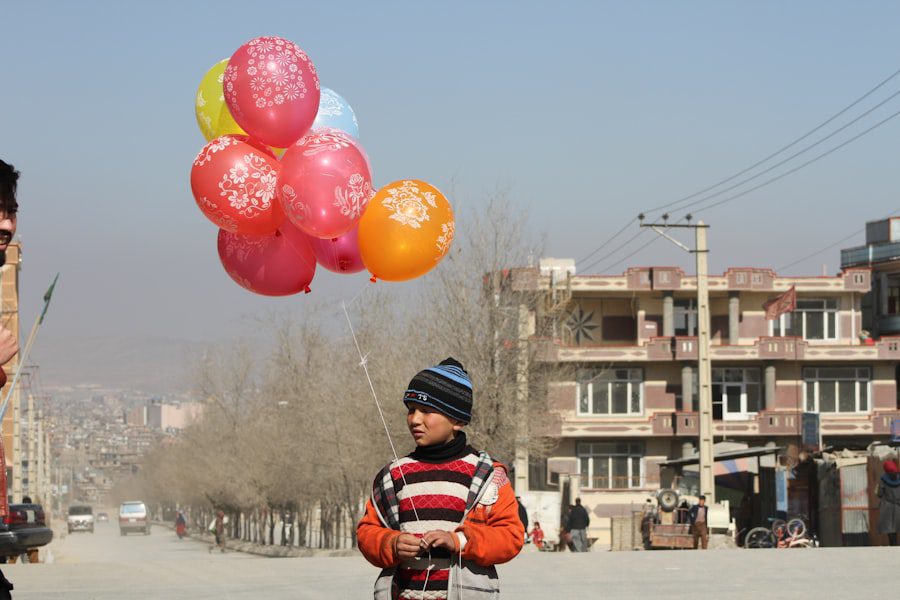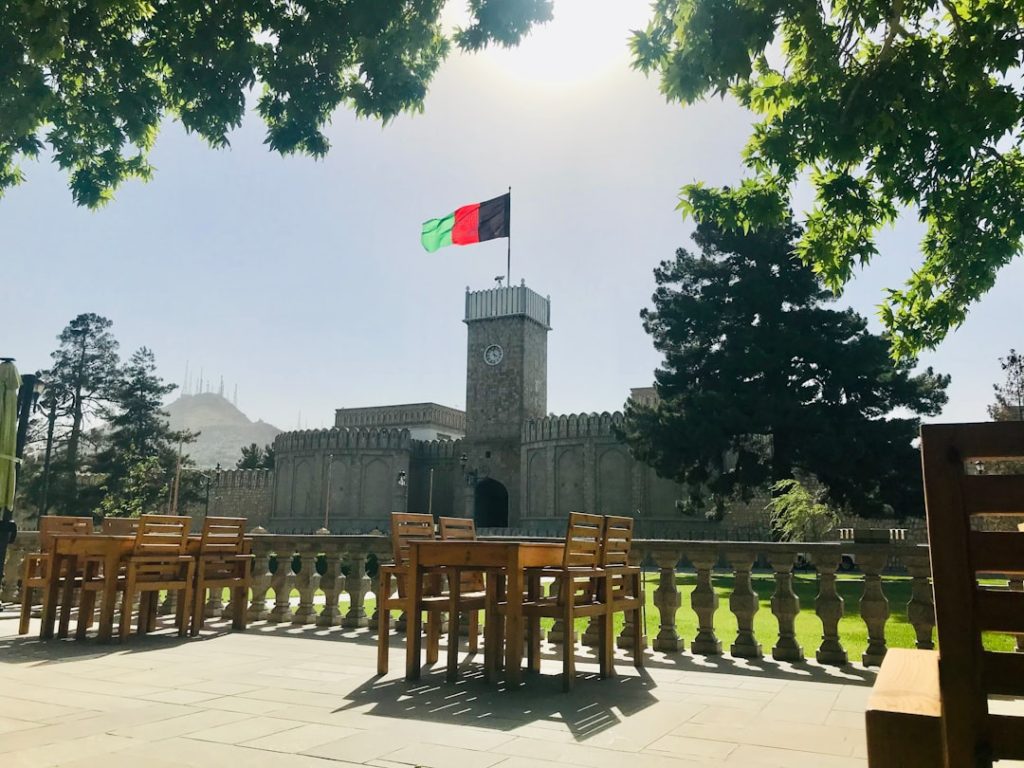Coal briquettes are a type of solid fuel made from coal dust, which are compressed into a cylindrical or rectangular shape. They are a convenient and efficient alternative to traditional coal, as they are easy to handle, store, and transport. Coal briquettes have been used for decades as a source of energy for heating and cooking in many parts of the world. In recent years, there has been a growing interest in eco-friendly coal briquettes as a sustainable and clean energy solution. These briquettes are produced using environmentally friendly processes and materials, making them a more sustainable option compared to traditional coal.
Coal briquettes are an important energy source, especially in regions where access to electricity and clean cooking fuels is limited. In many developing countries, coal briquettes are the primary source of energy for cooking and heating. However, the traditional use of coal has significant environmental and health impacts, which has led to the development of eco-friendly coal briquettes as a more sustainable alternative. These briquettes are designed to reduce the environmental impact of coal use while providing a reliable and affordable source of energy for households and businesses.
The Environmental Impact of Traditional Coal Use
The traditional use of coal for heating and cooking has significant environmental impacts, including air pollution, deforestation, and greenhouse gas emissions. When coal is burned in open fires or traditional stoves, it releases harmful pollutants such as sulfur dioxide, nitrogen oxides, and particulate matter into the atmosphere. These pollutants contribute to air pollution and have serious health implications for people living in areas where coal is used as a primary source of energy. In addition, the extraction and transportation of coal can lead to deforestation, habitat destruction, and soil and water pollution.
The environmental impact of traditional coal use also extends to its contribution to climate change. Coal is a major source of greenhouse gas emissions, particularly carbon dioxide, which is released when it is burned. These emissions contribute to global warming and have long-term implications for the environment and human health. As a result, there is a growing need to transition away from traditional coal use towards more sustainable and eco-friendly alternatives, such as coal briquettes.
The Benefits of Eco-friendly Coal Briquettes
Eco-friendly coal briquettes offer several benefits compared to traditional coal, both in terms of environmental impact and practicality. One of the key benefits of eco-friendly coal briquettes is their reduced emissions of harmful pollutants. These briquettes are produced using cleaner and more efficient processes, which results in lower emissions of sulfur dioxide, nitrogen oxides, and particulate matter when burned. This helps to improve air quality and reduce the health risks associated with traditional coal use.
In addition to their environmental benefits, eco-friendly coal briquettes are also more practical and convenient to use. They are denser and more compact than traditional coal, which makes them easier to handle, store, and transport. This makes them an ideal energy source for households and businesses in areas where access to electricity and clean cooking fuels is limited. Furthermore, eco-friendly coal briquettes are often produced using waste materials from other industries, such as agricultural residues or forestry waste, which helps to reduce waste and promote sustainable resource management.
The Production Process of Eco-friendly Coal Briquettes
| Production Stage | Metrics |
|---|---|
| Raw Material Preparation | Amount of raw material collected |
| Grinding and Drying | Energy consumption for grinding and drying |
| Mixing and Binding | Percentage of binder used |
| Forming and Compacting | Pressure applied during compacting |
| Curing and Cooling | Time taken for curing and cooling |
| Quality Control | Number of briquettes rejected during quality control |
The production process of eco-friendly coal briquettes involves several key steps, including raw material preparation, mixing, compression, and drying. The raw materials used to produce eco-friendly coal briquettes typically include coal dust or fines, along with binders such as starch or molasses. These materials are mixed together in a specific ratio to create a homogeneous mixture that can be compressed into briquettes. The mixture is then fed into a briquette press, where it is compressed under high pressure to form the desired shape.
Once the briquettes are formed, they are typically dried to remove any excess moisture before being packaged and distributed for use. The drying process is important to ensure that the briquettes have the right moisture content for efficient burning and long-term storage. In some cases, the drying process may also involve the use of solar or mechanical dryers to reduce energy consumption and environmental impact. Overall, the production process of eco-friendly coal briquettes is designed to be efficient, cost-effective, and environmentally friendly.
The Use of Eco-friendly Coal Briquettes in Kabul
In Kabul, the capital city of Afghanistan, eco-friendly coal briquettes have gained popularity as a sustainable energy solution for households and businesses. The use of traditional coal for heating and cooking has been a major source of air pollution in Kabul, leading to serious health issues for residents. In response to this challenge, local organizations and entrepreneurs have started producing and distributing eco-friendly coal briquettes as a cleaner alternative.
The use of eco-friendly coal briquettes in Kabul has had a positive impact on air quality and public health. By reducing emissions of harmful pollutants, these briquettes have helped to improve the overall air quality in the city, making it safer and healthier for residents. In addition, the use of eco-friendly coal briquettes has provided a reliable and affordable source of energy for households and businesses, particularly in areas where access to electricity and clean cooking fuels is limited.
The Economic and Social Impact of Eco-friendly Coal Briquettes

The production and use of eco-friendly coal briquettes have had significant economic and social impacts in Kabul and other regions where they are used. From an economic perspective, the production of eco-friendly coal briquettes has created new opportunities for local entrepreneurs and workers, contributing to job creation and economic development. This has helped to stimulate local economies and reduce reliance on imported fuels, which can be expensive and unreliable.
On a social level, the use of eco-friendly coal briquettes has improved living conditions for many households by providing a cleaner and more sustainable source of energy. This has had positive implications for public health, particularly in reducing respiratory illnesses and other health issues associated with traditional coal use. Furthermore, the availability of eco-friendly coal briquettes has empowered communities by providing them with a reliable energy source that is not only affordable but also environmentally friendly.
The Future of Green Energy in Kabul
The future of green energy in Kabul looks promising, with eco-friendly coal briquettes playing a key role in the transition towards more sustainable energy solutions. As awareness of the environmental and health impacts of traditional coal use continues to grow, there is increasing demand for cleaner alternatives such as eco-friendly coal briquettes. This has led to ongoing innovation in the production and distribution of these briquettes, with a focus on improving efficiency, affordability, and environmental performance.
In addition to eco-friendly coal briquettes, there is also growing interest in other green energy solutions in Kabul, such as solar power and biogas. These technologies offer additional opportunities to reduce reliance on traditional fuels and improve energy access for households and businesses. As the city continues to grow and develop, there is great potential for green energy to play a central role in addressing energy poverty, improving public health, and promoting sustainable development in Kabul.
In conclusion, eco-friendly coal briquettes offer a sustainable and clean energy solution that has the potential to transform energy access in Kabul and other regions where traditional coal use is prevalent. By reducing emissions of harmful pollutants and providing a reliable source of energy, these briquettes have had a positive impact on air quality, public health, and economic development. As the demand for green energy continues to grow, there is great potential for eco-friendly coal briquettes to play a central role in shaping the future of energy in Kabul.
Looking for ways to save energy and reduce carbon emissions in Afghanistan? Check out this insightful article on conservation programs in Afghanistan at Almassiyah. It discusses the importance of eco-friendly coal briquettes in achieving a carbon-neutral production process, which is crucial for the local economy and the environment. Learn more about the impact of coal and briquettes on the local economy and how green briquettes are making a difference in achieving sustainable energy practices at Almassiyah.



